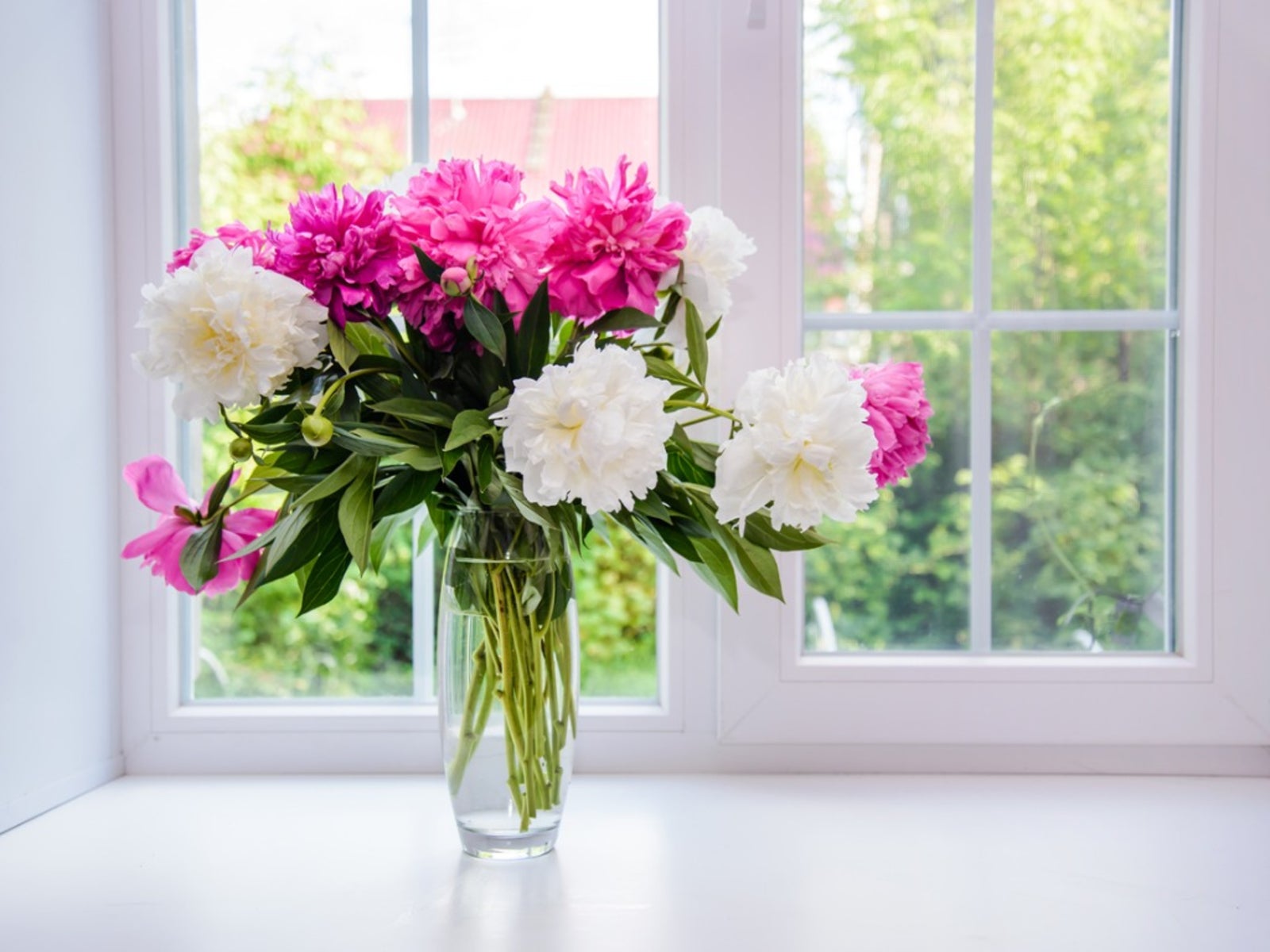How To Keep Flowers Fresh After Cutting


Nothing brightens up a room or table centerpiece quite like a fresh bouquet of flowers, but sometimes knowing how to keep flowers fresh eludes us. However, keeping cut flowers fresh doesn't have to be difficult. By following some simple guidelines, you can easily extend the life of those beautiful bouquets.
Keeping Cut Flowers Fresh While Harvesting
When it comes to harvesting cut flowers, some tricks of the trade can be practiced to help ensure the viability of plants. Harvest cut flowers in the early morning or evening hours and about one hour after watering, as this enables the stems to fill with water. When harvesting single-blooming flowers, like tulips, choose those with buds that are nearly closed. For multiple-blooming plants such as lilacs, opt for flowers with about three-fourths of the buds open. Harvesting flowers that have fully developed reduces vase life. It may also be beneficial to select cultivars known to have a longer shelf life. Other tips on how to keep flowers fresh while harvesting include cutting stems on a slant, which helps stems to absorb water more easily. Also, remove any leaves that will be submerged in water. Always plunge cut flowers into water immediately after cutting. The lower half inch (1 cm.) of plants with milky sap should be slightly charred over a flame or dipped into boiling water to seal the ends. Woody stems should be crushed with a mallet and plunged into water (room temperature). Re-cut and crush every other day to prolong vase life.
Aftercare: How to Keep Flowers Fresh
There are several things you can do for keeping cut flowers fresh once they have been harvested. Try to keep cut flowers in an upright position prior to being placed in vases. Handle them carefully so as not to inflict any damage to the stems. Consider water temperature. While most flowers prefer lukewarm water, some plants, like many bulbs, do well in cold water. Change the water every couple of days; and if possible, place cut flowers in a cool location, away from any direct sunlight. Keep tulips and daffodils away from one another, as narcissus plants are toxic to them. Adding about a teaspoon (5 ml.) of sugar or glycerin to a pint (473 ml.) of water can help extend vase life by acting as a preservative. Likewise, flower food (floral preservative) from the local florist, prepared in lukewarm water, also works well. To help with pH levels, some people add a couple tablespoons (30 ml.) of lemon juice. Adding a teaspoon (5 ml.) of bleach can also help reduce the growth of any bacteria that may be present. When it comes to keeping cut flowers fresh, it is also important too that all shears or pruning tools are kept sharp and clean. Water buckets and vases should be kept clean as well, disinfecting with chlorine bleach. Now that you know how to keep flowers fresh longer, you can enjoy them both inside and outside your home.
Sign up for the Gardening Know How newsletter today and receive a free copy of our e-book "How to Grow Delicious Tomatoes".

Nikki Tilley has been gardening for nearly three decades. The former Senior Editor and Archivist of Gardening Know How, Nikki has also authored six gardening books.